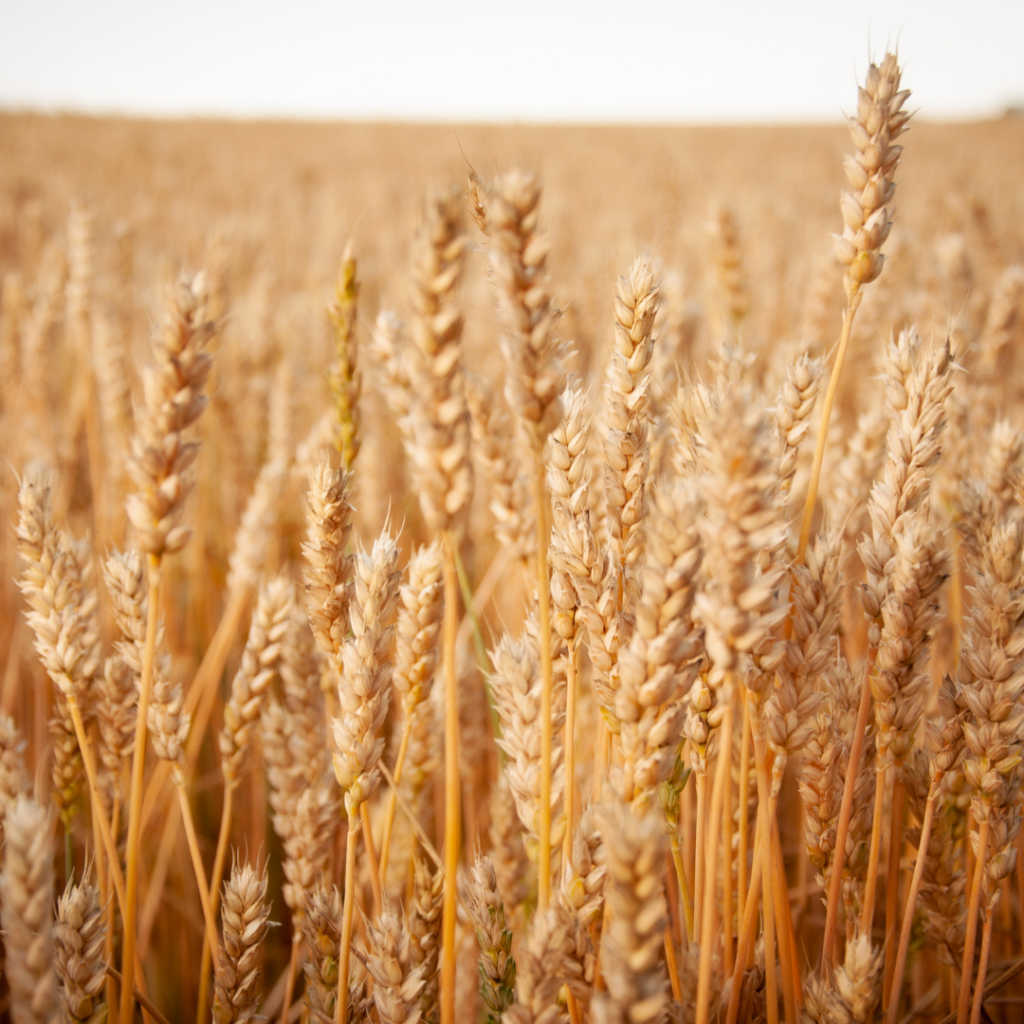In recent years, dietary restrictions have become increasingly common, whether due to food allergies, sensitivities, or personal health choices. Two terms often thrown around interchangeably are “gluten-free” and “wheat-free.” However, they are not one and the same, and understanding the differences between them is crucial for anyone navigating food allergies or seeking allergy-friendly options.
What is a Wheat Allergy?
Wheat allergies involve the immune system’s abnormal response to proteins found in wheat, triggering symptoms ranging from mild itching to severe anaphylaxis. Unlike celiac disease, which is an autoimmune disorder, wheat allergies are IgE-mediated, making them similar to traditional food allergies like those to peanuts or shellfish. This distinction is vital for individuals allergic to wheat.
A wheat-free diet is one where you are avoiding the wheat berry, leaving room for other gluten-containing grains like barley and rye. The wheat berry is the whole grain that all wheat products are made from. Wheat is used in many packaged foods, so reading food labels is essential.
What is Gluten?
Gluten is a protein found in wheat, barley, rye, and their derivatives. For individuals with celiac disease, ingesting gluten triggers an immune response that damages the small intestine. This autoimmune condition affects about 1% of the population worldwide. Additionally, some people may have non-celiac gluten sensitivity, experiencing similar symptoms to those with celiac disease without the accompanying intestinal damage.
A gluten-free diet eliminates all sources of gluten. This means avoiding common foods like bread, pasta, baked goods, and many processed foods unless they’re specifically labeled gluten-free. Gluten-free packaging does not mean wheat-free. Manufacturers are able to remove the gluten protein from the product and call it gluten-free, but it may not be wheat free. This is where a lot of the confusion lies. It’s very important to know what your allergy is (if you have one) and speak to an allergist to understand the difference.
Benefits of Following a Gluten-free Diet Even if not Allergic
There are benefits to avoiding gluten for some people, such as improved digestion, which may promote weight loss as well as increased energy and improved mental function. Personally, I do not recommend avoiding wheat or gluten to any of my patients unless they are truly allergic, have Celiac Disease or they feel gluten is harming them in some way.
Benefits of Whole Grains
Whole wheat and other whole grains have many health benefits. Consuming whole grains is known to decrease your risk for heart disease and high cholesterol. When whole wheat is stripped of its outer layer, or bran, that’s when the fiber, vitamins and minerals are taken away. When you look at an ingredient label you want to see that the food product has “whole wheat” or “whole grain” listed. If you see “enriched wheat” that means the bran layer was stripped away making a more processed product. Too much processed starches like this can affect your health negatively.
Hidden Sources of Wheat
Allergens in general can be hidden in foods you would never expect. As for wheat, you can find it in foods such as gravy; meatballs and meatloaf that use breadcrumbs; soy sauce; beer; energy bars; processed meats; soups; sauces; salad dressing; and oats can also be contaminated with wheat. This is why reading ingredient labels is crucial.
Understanding the disparities between gluten-free and wheat-free is essential for making informed dietary choices, especially for those with food allergies. Here’s a quick breakdown of the key distinctions:
- Gluten-free encompasses a broader range of ingredients, eliminating wheat, barley, rye, and their derivatives. In contrast, wheat-free focuses solely on excluding wheat and its derivatives while allowing other gluten-containing grains.
- Gluten-free diets are primarily designed for individuals with celiac disease or non-celiac gluten sensitivity. Wheat-free diets cater to those with wheat allergies or non-celiac wheat sensitivity.
- Both diets require careful label reading.
- Cross-contamination is a significant issue for both diets, particularly in shared kitchen environments or food processing facilities.
- If a food is gluten-free, that does not mean it is necessarily wheat-free. If a food is wheat-free, that does not mean it is necessarily gluten-free.
Allergy-Friendly Wheat-free and Gluten-free Breakfast Options
- Vegetable and cheese frittata or omelet
- Egg muffins
- Yogurt parfait with berries and seeds
- Coconut flour pancakes and waffles
- Oatmeal with fun additions, like fruit, seed butters, seeds, honey, cinnamon, etc.
- Baked oatmeal bars
- Acai bowl
- Chia pudding
- Steak and eggs for a hearty breakfast with a side of potatoes
- Cauliflower breakfast bake
Our family has multiple food allergies, wheat happens not to be one of them, but we are living with egg, peanut, tree nut, soy, sesame, flax, mustard, and chia allergies and we create wonderful meals all the time. People and families with food allergies should not feel as if they are unable to eat nutritious and delicious food. It may just take some more time and creativity.
Check out “The Allergy-Friendly Cookbook” where I dedicate an entire chapter on allergy-friendly breakfast options.
Check out my allergy-friendly snack list in my Freebies section! With this list you will have 20 allergy-friendly and healthy snack ideas for your children.
Don’t forget to subscribe to my newsletter to receive updates on future blog posts, promotions and new courses.
